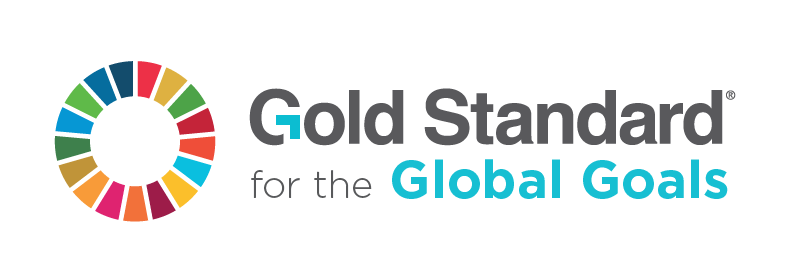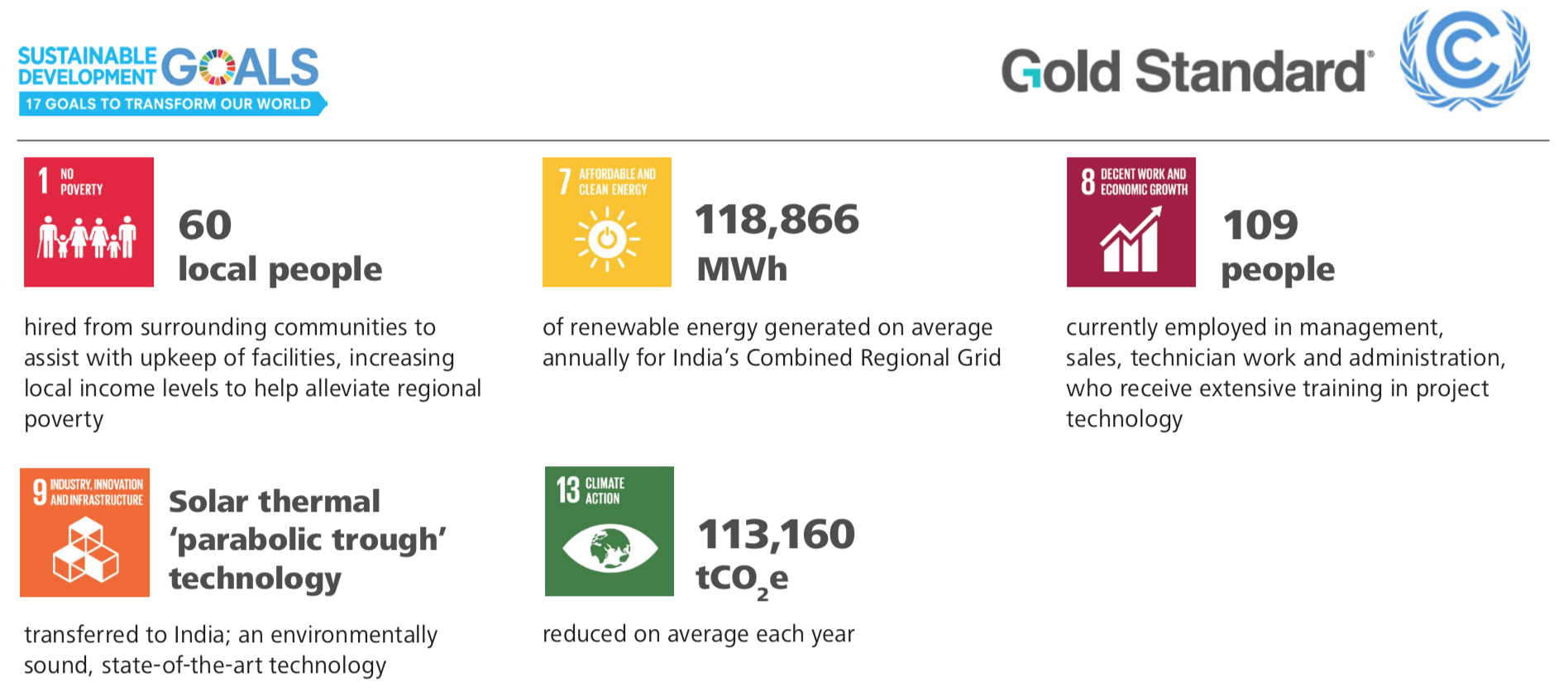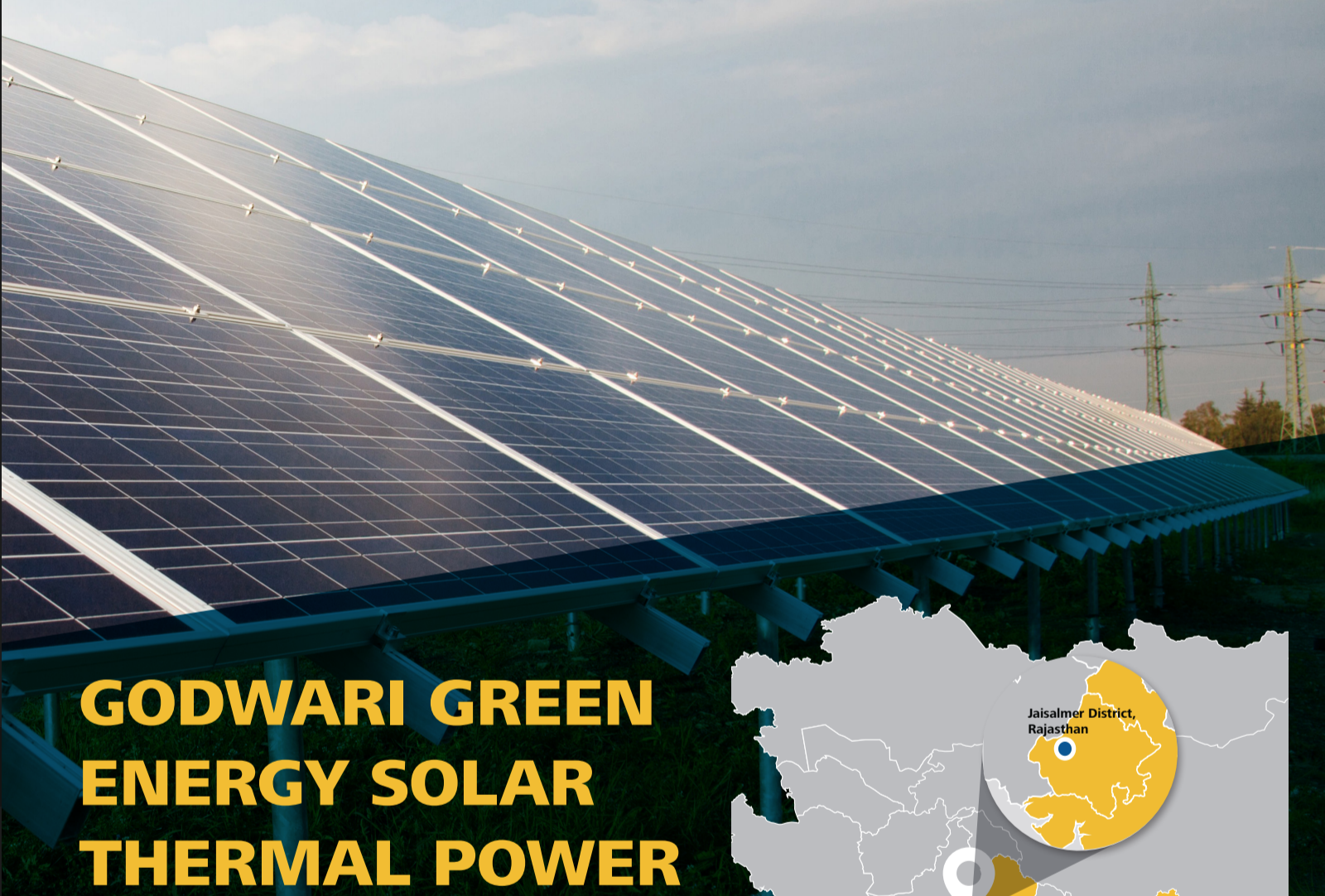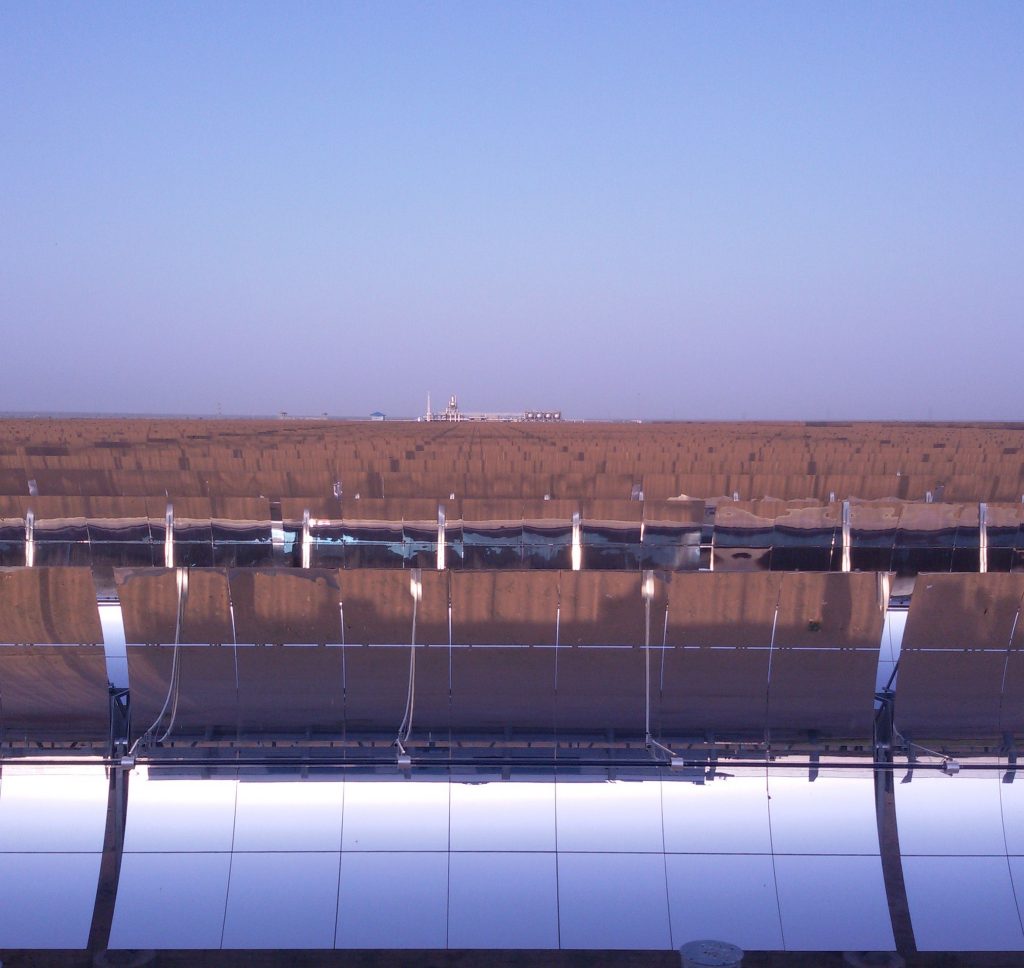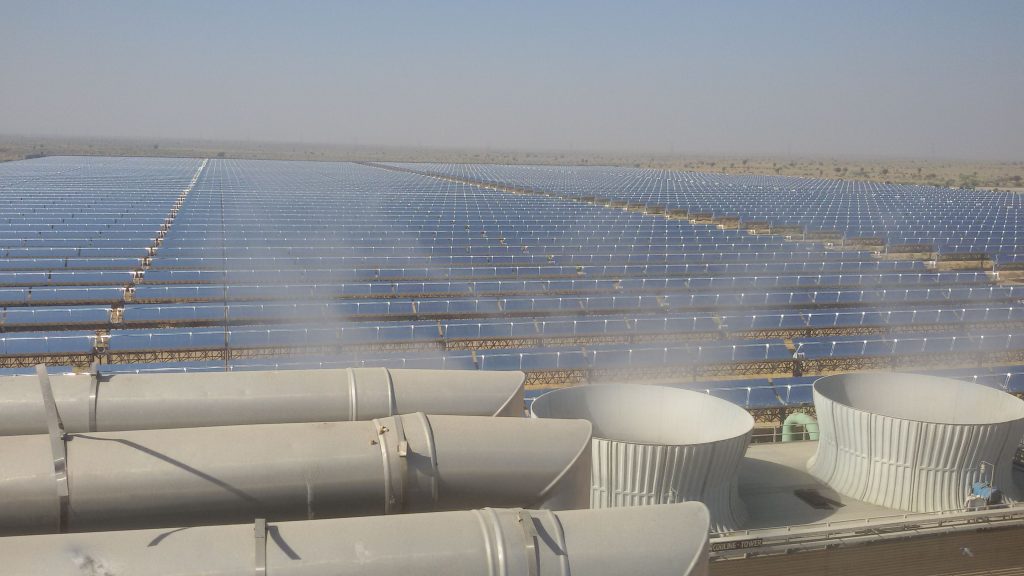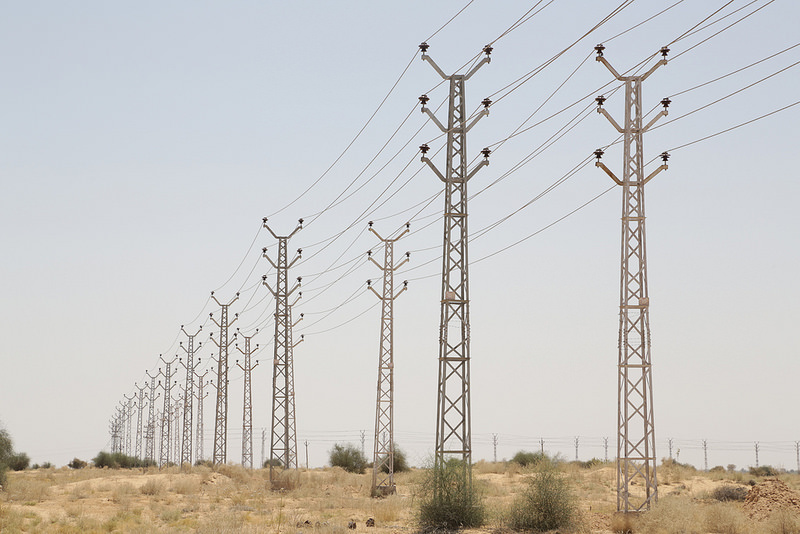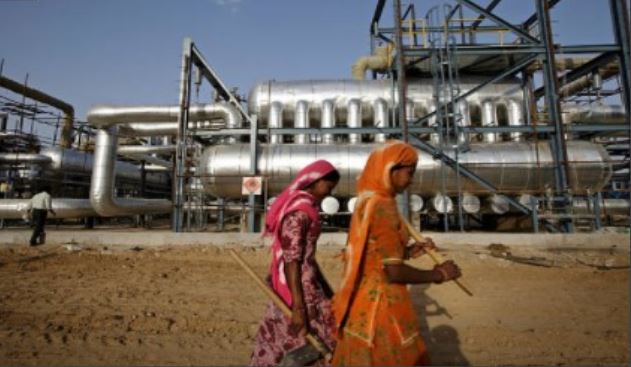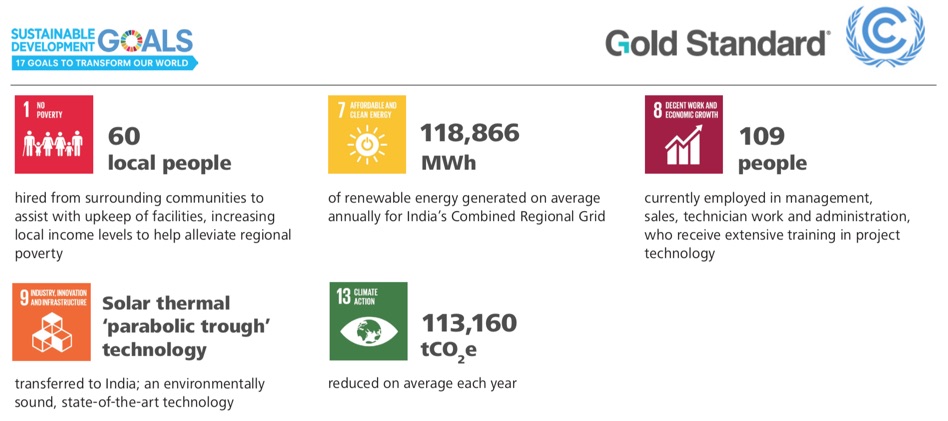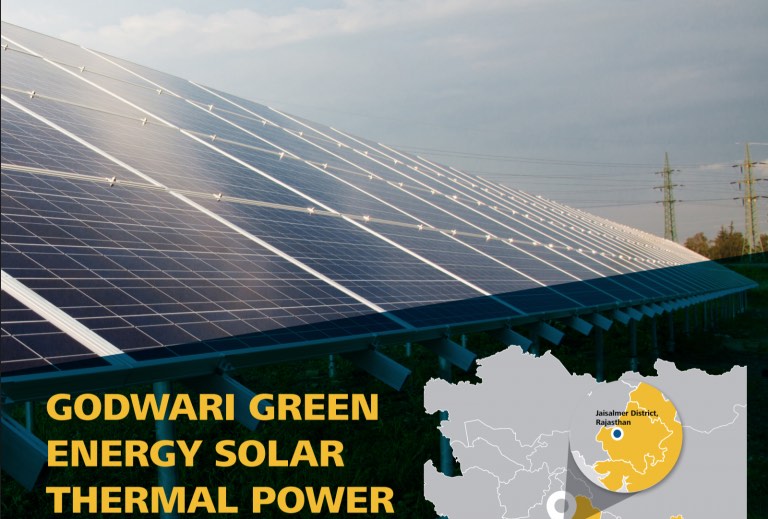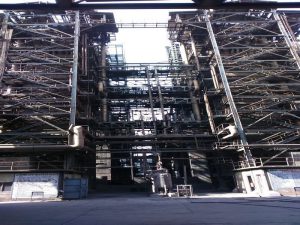GoClimate’s first customer survey was conducted in March 2019 and answered by more than 500 people who use the service on a regular basis. With so many positive responses, we feel super happy to have been able to create a service that enables both individuals and companies to climate offset their carbon footprint and contribute to stopping climate change together.

Climate offsetting through GoClimate was described as easy (enkelt), good (bra) and reliable (seriöst). It should not be difficult to work for a better world.
What’s your attitude towards your individual carbon footprint?
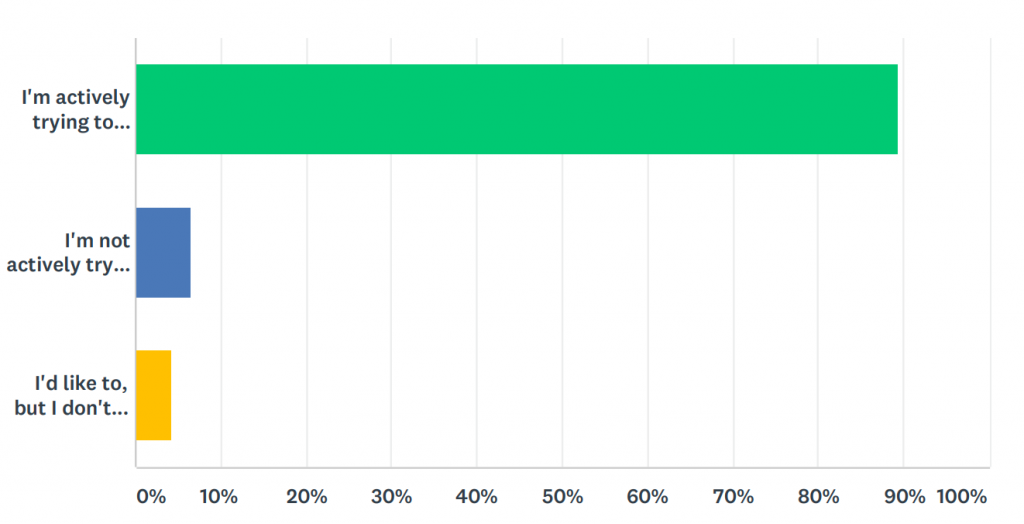
Almost 90% of the English survey’s respondents who climate offset through GoClimate are actively trying to lower their carbon footprints. A bit over 5% of the respondents do not actively try to reduce their carbon footprints and around 4% wants to reduce but do not know how – this is something we are working on to get better at!
How did you find out about GoClimate?
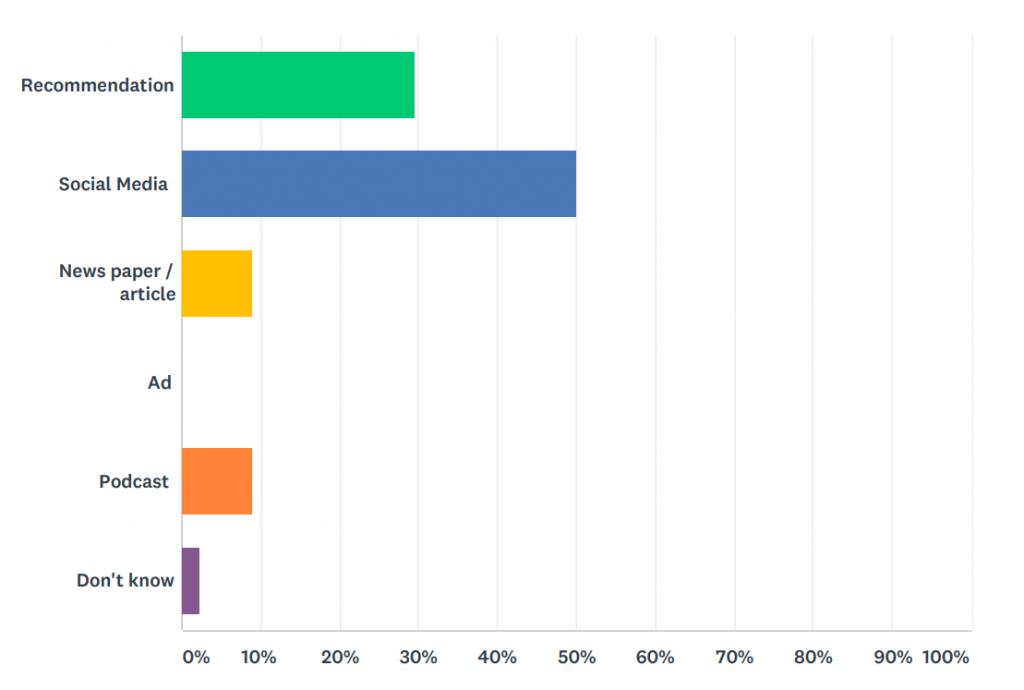
Nearly 30% of the respondents that carbon offset through GoClimate have come in contact with us through recommendations. To reach even more people and better save the climate, we truly hope that you will continue to discuss and share all possible climate actions with your friends and familiy!
Find more results from the English survey here and the Swedish survey here!
